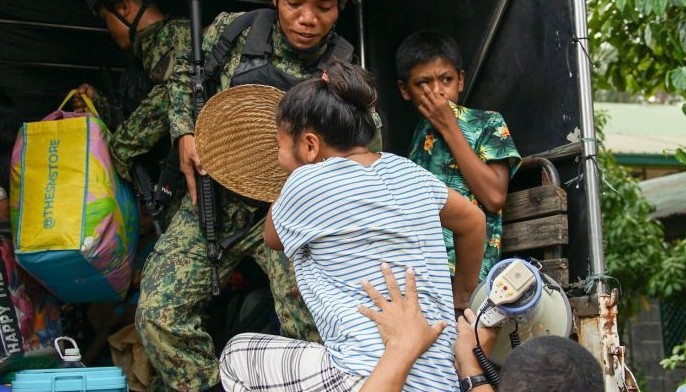MANILA, Philippines — Health authorities have detected another COVID-19-positive individual among Mayon evacuees.
The Department of Health (DOH) in the Bicol region confirmed in an advisory on Wednesday that one of the 30 close contacts of the first COVID-19 case has tested positive for the virus after undergoing an RT-PCR test.
Related Stories
The DOH reported on Monday the first COVID-19 patient among Mayon evacuees — an 82-year-old female experiencing fever, cough and cold.
According to the DOH, disease surveillance officers are contact-tracing close contacts of the patient, who have also been advised to undergo immediate quarantine and take a COVID-19 test.
“The Department, together with the Albay Provincial Health Office, is currently conducting health education in the evacuation camps to prevent the transmission and spread of COVID-19,” it added.
Medical and Public Health Teams have also been dispatched to the evacuation centers to provide medical services and vaccination to the evacuees, as well as face masks, alcohol, and other supplies, the DOH said.
Mayon-affected residents now at 38,000
Meanwhile, the number of individuals displaced by the continued volcanic activities of Mayon is now more than 38,000, according to the National Disaster Risk Reduction and Management Council (NDRRMC).
More than 20,000 people have fled their residences and are currently staying at evacuation centers, according to NDRRMC’s latest situational report.
Mayon Volcano remains at Alert Level 3, signifying high levels of unrest with the threat of hazardous eruption possible within weeks or days.
State volcanologists have recommended the evacuation of all residents inside the six-kilometer radius permanent danger zone due to risks posed by the pyroclastic density currents, lava flows, rockfalls and other volcanic hazards. — Cristina Chi


